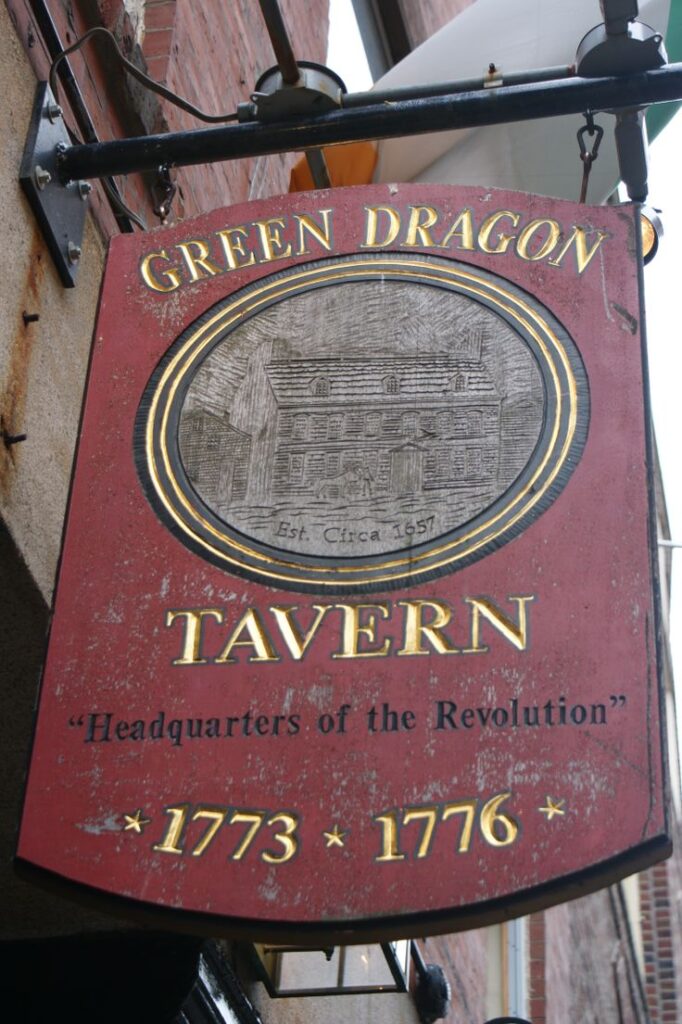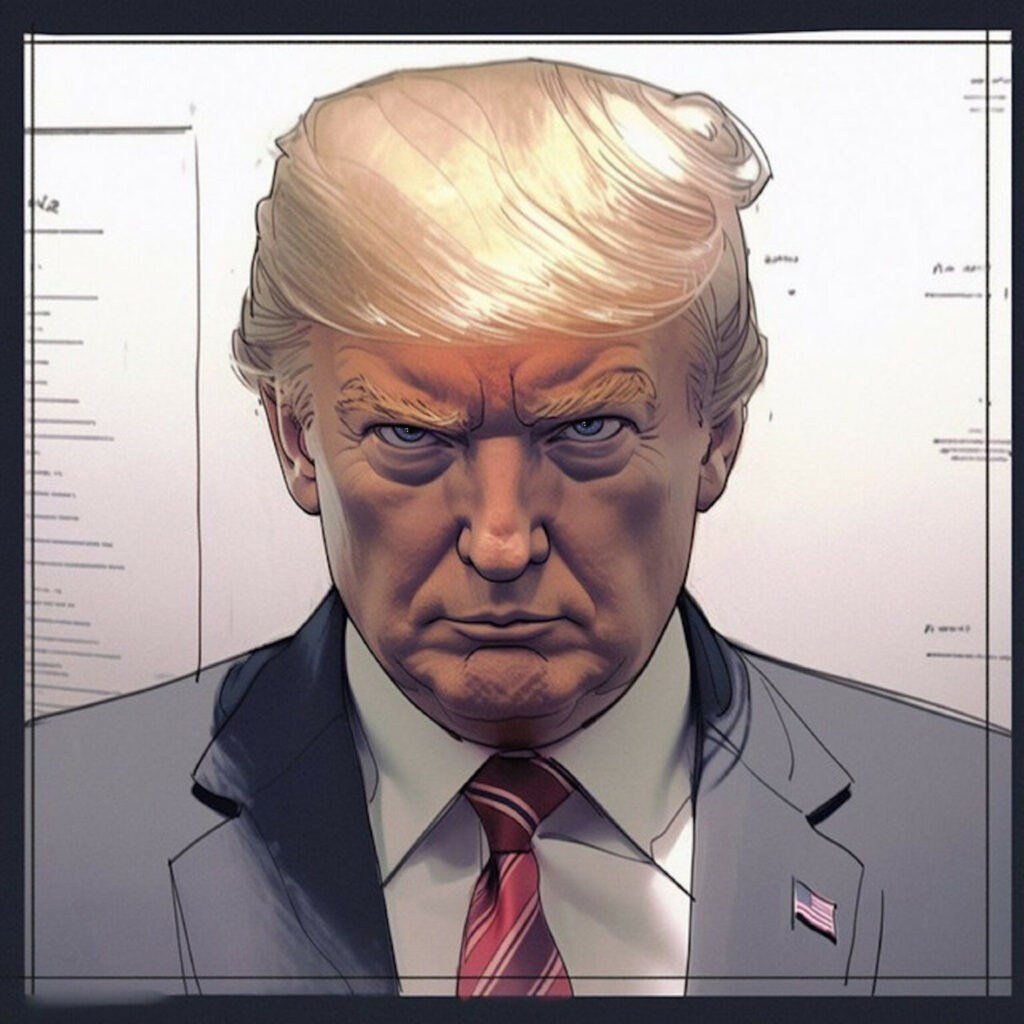A few days ago, I wrote an allegory, “Rise Up Old Mules“, with the full intention of reviewing comments and following up the next day to see if people still held the knowledge of coded writing. [Idalia delayed my review]
An allegory is a literary work that makes extensive use of symbolism in order to communicate a broader moral or meaning. Nearly every aspect of an allegory—from characters, to objects, to dialogue, to settings, to major plot events—can typically be interpreted as having a secondary, symbolic meaning that fits into the allegory’s broader meaning.
 In the writing of our forefathers, and even many writings long before and a few still today, allegories were/are used to convey messages publicly that are interpreted with a silent understanding. They were/are essentially coded messages from rebels, insurgent dissidents, in various societies who were working within the boundaries of government review.
In the writing of our forefathers, and even many writings long before and a few still today, allegories were/are used to convey messages publicly that are interpreted with a silent understanding. They were/are essentially coded messages from rebels, insurgent dissidents, in various societies who were working within the boundaries of government review.
You may have vague reference points from similar formats of communication that took place in various prisoner of war camps.
How do POWs communicate when their captors are constantly monitoring their activity? The never spoken language of POW’s in a prison camp has a similar allegorical communication style.
The best allegories communicate from a factual reference point about subject matter, but then weave the current context or power conflict within it so as not to attract the understanding of censors, monitors or those in power who seek to stop any form of communication that is against the interests of the oppressive regime.
It is a communication style lost over time as successive generations no longer taught or had need for the skillset to understand the implied message. However, in this modern era where six corporations control all media; where there is direct collaboration between the government censors and social media platforms over content; where arbiters of acceptable speech under the auspices of “disinformation review panels” are now deployed using both human review and automated intelligence; it is worthwhile revisiting the old ways to understand a method of discussing rebellion in public.
There is one big benefit to the deployment of AI search spiders crawling all over the internet to analyze and identify subversive speech. AI cannot detect allegorical writing patterns, it never will. Current AI sweeps, crawls and searches are based on human inputs to create the pattern context the AI is launched to discover.
Y’all know, I test weird stuff in the tech communication space just to probe how effective the new mechanics are, and create strategies around their constructs. Allegorical writing was designed to communicate subversive information in the sunlight of public presentation. Historically, human censors could not see the implied meaning in allegorical communication, and the content itself – if correctly structured – carries an inherent deniability.
From my review, about half (+/-) CTH readers understood the implied meaning, about half did not. Approximately 10% were absolutely clueless, and a few even found the inverse meaning within the story.
Approximately half of the CTH audience picking up the implications within an allegory is much better than I expected, much better. This is an interesting outcome, although given the high intelligence and specific demographics of the CTH family it makes sense.
My point is this: teach your friends and family, especially the younger family members, how to understand coded public messaging and what context frames the cornerstone of how it is delivered.
The old ways are going to be important if a few strategically placed voices are going to be forced to mount a successful counterinsurgency against an entire UniParty system, that aligns with an oppressive regime.
Mules = soldiers.
Exceptional Mules = special forces.
Collars = rifles.
The silent wise men at auction = leadership (think founding fathers).
The fields = the battles.
The farmers = YOU!

